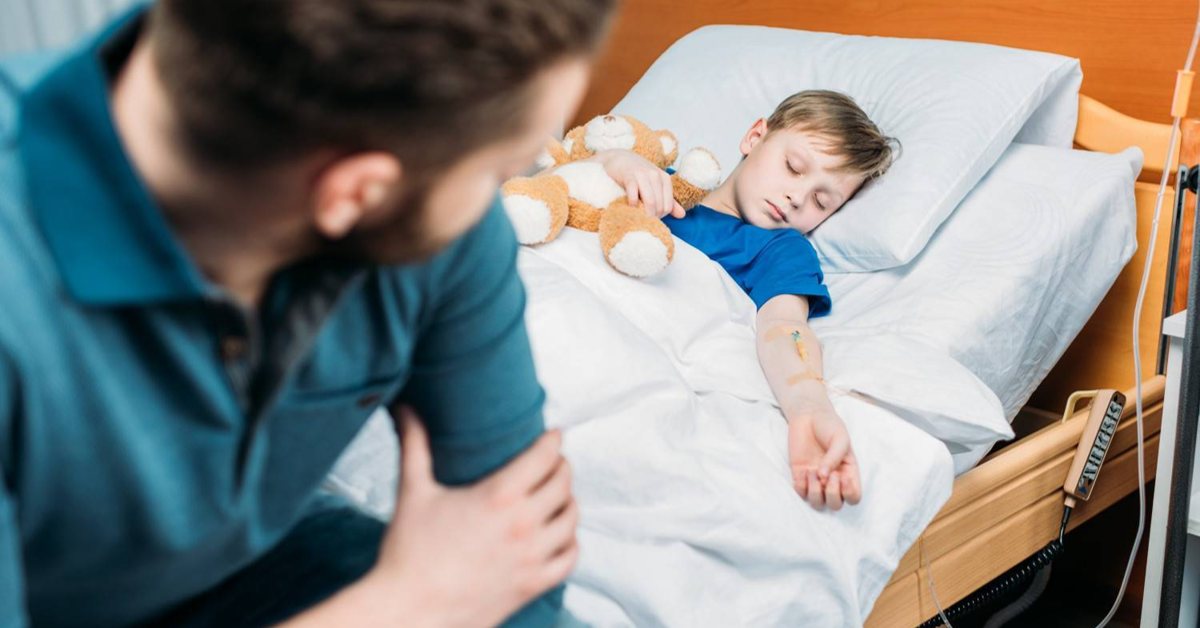Understanding the Procedure and Its Long-Term Effects
Cramping after tubal ligation affects many women long after the procedure. Many ask, “Why am I still cramping years after getting my tubes tied?” Tubal ligation provides a permanent birth control option. Doctors often recommend it as a highly effective method. During the surgery, they seal, cut, or block the fallopian tubes. This stops eggs from reaching the uterus and prevents fertilization. Most patients undergo the procedure after childbirth or by personal choice. The recovery usually happens quickly, and the results tend to last. However, not every woman has the same experience. Some report unexpected symptoms just months later. Others notice them years after the surgery. These include cramping, pelvic pain, and irregular periods. For many, this pain feels similar to menstrual cramps.
Others describe it as sharp or constant discomfort in the lower abdomen. These sensations can come and go or remain steady over time. While doctors often describe tubal ligation as low-risk, it’s important to understand that side effects can still happen. If you’re asking why am I still cramping years after getting my tubes tied, you’re not alone. This issue is more common than many think. The cramping might be mild at first, but it can increase over time. And when the pain doesn’t stop, it’s natural to feel frustrated or worried. The good news is that there are possible explanations and solutions. But to understand what’s happening, it’s important to take a closer look at your body, your symptoms, and what could be causing them today.
Common Causes of Cramps After Tubal Ligation
If you’re wondering why am I still cramping years after getting my tubes tied, you might be dealing with one or more common causes. One of the main reasons could be scar tissue. This often forms after surgery as part of the healing process. Scar tissue can stick to organs, pulling or pressing on nearby structures. When this happens in your pelvic area, it can cause pain or cramping. Another cause might be hormonal changes. Your ovaries still produce hormones after tubal ligation. But for some women, the hormonal balance may shift after surgery. This can lead to more intense menstrual cramps or irregular cycles.
You may also experience heavier or longer periods. Fibroids or endometriosis are two examples. These conditions can cause ongoing cramps, bleeding, or pelvic pressure. Tubal ligation doesn’t cause these issues, but it may bring them to light. Age and lifestyle changes may also play a role. As you get older, your menstrual patterns may shift naturally. If you’ve gained weight, lost weight, or gone through stress, these factors can also affect how your body responds.
Could It Be Post-Tubal Ligation Syndrome?
Many women have heard about a condition called Post-Tubal Ligation Syndrome, or PTLS. These can include mood swings, hot flashes, anxiety, fatigue, and—you guessed it—cramping. If you’ve searched “why am I still cramping years after getting my tubes tied,” you’ve likely come across this term. Some women report their cramps started a few months after surgery. Others say the pain didn’t begin until years later.
Some believe it results from disrupted blood flow to the ovaries. Others think the sudden end of fertility changes the body’s natural hormone rhythm. While studies are still ongoing, the experiences of many women are hard to ignore. These symptoms often affect daily life and emotional well-being. If you believe PTLS might be behind your pain, talk to a provider who has experience treating it. Keep a record of your symptoms. Track when your cramps occur, how long they last, and any other changes in your cycle. This can help your doctor understand what’s going on. More importantly, it validates your experience. You deserve answers and compassionate care.
Pain From Adhesions or Internal Scarring
Internal scar tissue, also called adhesions, may cause long-term cramping. These bands of tissue often form after abdominal or pelvic surgeries, including tubal ligation. Adhesions stick organs or body parts together. In some cases, they wrap around the ovaries, uterus, or fallopian tubes. This pulling creates pain or tension, which can feel like deep cramps during your cycle. Many women describe a tight or tugging sensation that worsens when they move or stretch. Adhesions that form in the pelvic area may lead to cramping after tubal ligation. If you keep asking, “Why am I still cramping years after getting my tubes tied?”, these tissues could be the cause.
Imaging scans don’t always reveal adhesions, which is why many doctors call them a hidden source of pain. To confirm their presence, your doctor may suggest a laparoscopy, a minimally invasive procedure that lets them look inside your abdomen. Sometimes, removing adhesions helps relieve pain. In other cases, they may return. That’s why your provider must personalize your treatment plan. If you’ve had previous surgeries like a cesarean section or appendectomy, your risk for adhesions may be higher. Mention this history during your next appointment. Sharing these details can help your doctor connect the dots. Once again, if you wonder, “Why am I still cramping years after getting my tubes tied?”, remember that scar tissue is a known and treatable cause.
Endometriosis and Other Hidden Conditions
Sometimes, the reason you’re cramping has nothing to do with the tubal ligation itself. Conditions like endometriosis or fibroids may be the real culprits. Endometriosis happens when tissue similar to the lining of the uterus grows outside of it. This can cause intense cramps, back pain, and pain during sex or bowel movements. Fibroids are non-cancerous growths that form in or around the uterus. They can also lead to pressure and long-lasting cramps. If you’re wondering why am I still cramping years after getting my tubes tied, it’s possible one of these conditions has gone undiagnosed. These issues can grow slowly over time.
You might not have had any symptoms when you had your surgery. But years later, they may become more noticeable. Hormones can feed both fibroids and endometriosis. That’s why you may see changes around your cycle or during times of stress. Diagnosing these conditions might require imaging, blood work, or even a surgical evaluation. If your cramps are strong or interfere with your routine, don’t wait to get help. Even if you had a tubal ligation years ago, new health concerns can still appear. If you’re still thinking, why am I still cramping years after getting my tubes tied, a full gynecological evaluation may offer the answers you need.
Could It Be Digestive or Bladder Issues?
Not all cramping is gynecological. Digestive problems can cause cramps that mimic menstrual pain. Issues like irritable bowel syndrome (IBS), constipation, or urinary tract infections may feel similar. If your cramps happen after eating, or if they come with bloating or gas, the issue could be digestive. Likewise, bladder infections or interstitial cystitis can cause lower abdominal pain. These types of cramps often come with a burning sensation when urinating or frequent bathroom visits. Some women confuse these symptoms with cramping after tubal ligation, when in fact the cause may be unrelated.
If you’re wondering why am I still cramping years after getting my tubes tied, try to notice when the cramps occur. Do they come with meals, stress, or bathroom habits? Track your symptoms in a journal. Bring that journal to your next appointment. Your doctor can rule out digestive or urinary causes based on timing and symptoms. While these problems aren’t related to your surgery, they can still develop over time. Age, diet, hydration, and stress all play a role. Treating them early can prevent long-term discomfort. Don’t ignore pain just because you assume it’s from your tubal ligation. Your body could be giving you clues about something else.
Getting Diagnosed and Finding Relief
Getting a diagnosis marks the first step toward feeling better. Choose a doctor who listens carefully and asks the right questions. If you keep asking, “Why am I still cramping years after getting my tubes tied?”, speak up during your visit. Describe your symptoms clearly and honestly. Don’t minimize your pain or leave out important details. Explain how the cramping affects your daily life. Keep a detailed journal that tracks your cycle, pain levels, and any related symptoms. This record helps your doctor find patterns and make informed decisions. They may order imaging tests, blood work, or a pelvic exam to explore the cause.
In some cases, they refer patients to gynecologists who specialize in chronic pelvic pain. Others may recommend physical therapy, especially when muscle tension contributes to the discomfort. Cramping after tubal ligation often results from multiple factors, so your doctor must evaluate everything carefully. Depending on the cause, they may suggest hormone therapy, pain management, or minimally invasive surgery as part of your treatment plan.
Still asking, “Why am I still cramping years after getting my tubes tied?” Call us today or visit our contact page. We’re here to help you understand what’s going on and find relief.



